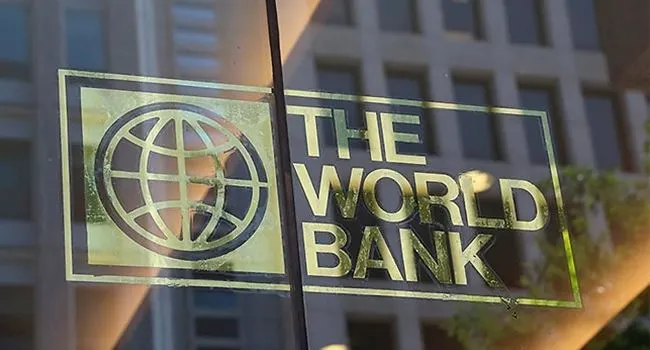The World Bank has approved a $500 million loan to support the Sustainable Power and Irrigation for Nigeria (SPIN) project, aimed at tackling climate-induced challenges in the country.
This was disclosed by Chakib Jenane, the World Bank’s Regional Director for Sustainable Infrastructure Development in West and Central Africa, during his visit to the Water Resources and Sanitation Minister in Abuja on Thursday.
Jenane stated that the SPIN project was approved at the World Bank’s Board meeting on September 26 and is set to commence in January 2025. The project will focus on mitigating climate-related issues such as floods and droughts by enhancing dam safety, improving water resource management, and expanding irrigation services.
Approximately 950,000 people, including farmers and livestock breeders, are expected to benefit from the initiative. Jenane stressed the importance of Nigeria continuing preparations to meet the remaining conditions for the project to take effect by January 2025.
During the meeting, the World Bank team also provided updates on two other major projects—the Transforming Irrigation Management in Nigeria (TRIMING) project, which is nearing completion, and the Sustainable Urban and Rural Water Supply, Sanitation, and Hygiene (SURWASH) programme. Jenane underscored the need for more states to join the SURWASH initiative and encouraged the establishment of a National WASH Fund to enhance water resource management in Nigeria.
Minister of Water Resources and Sanitation, Prof. Joseph Utsev, expressed gratitude to the World Bank for its ongoing support and assured the delegation that the Nigerian government would provide the necessary counterpart funding to ensure the successful implementation of all projects.
Dr. Bello Goronyo, Minister of State for Water Resources, also commended the World Bank’s commitment to the SPIN project and reiterated the ministry’s determination to achieve the project’s goals through collaboration.



